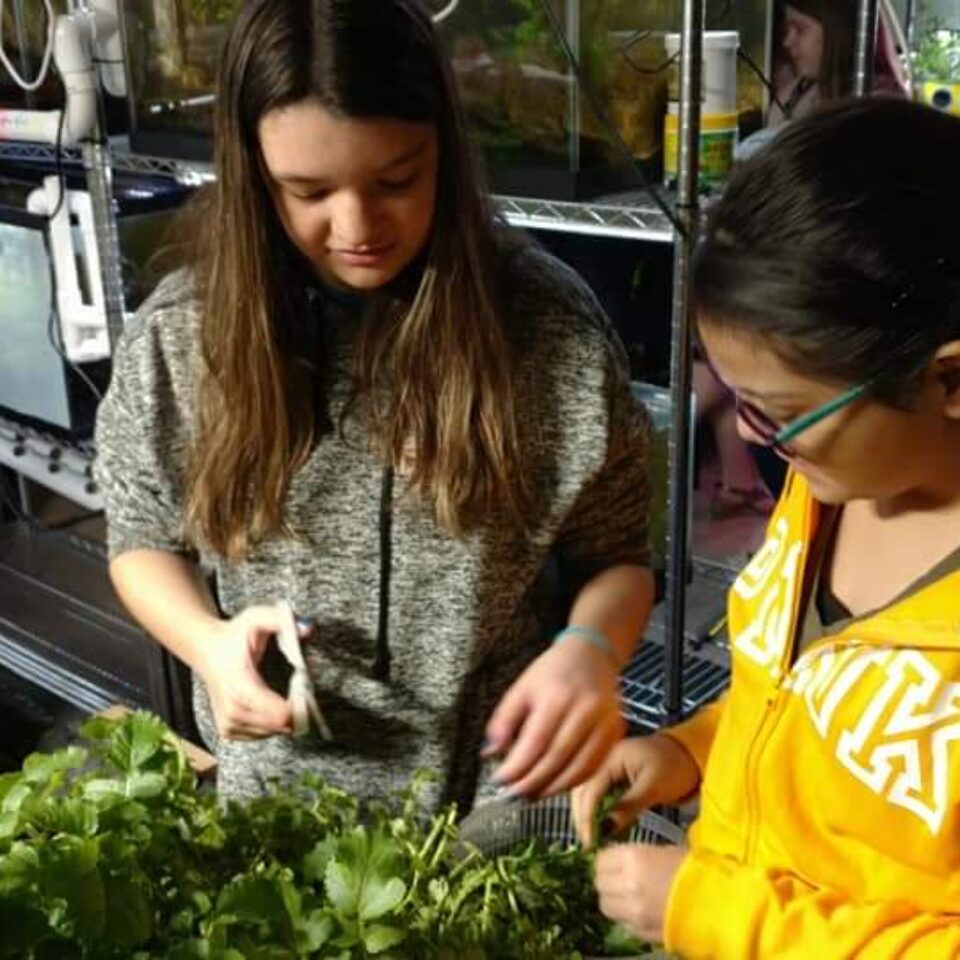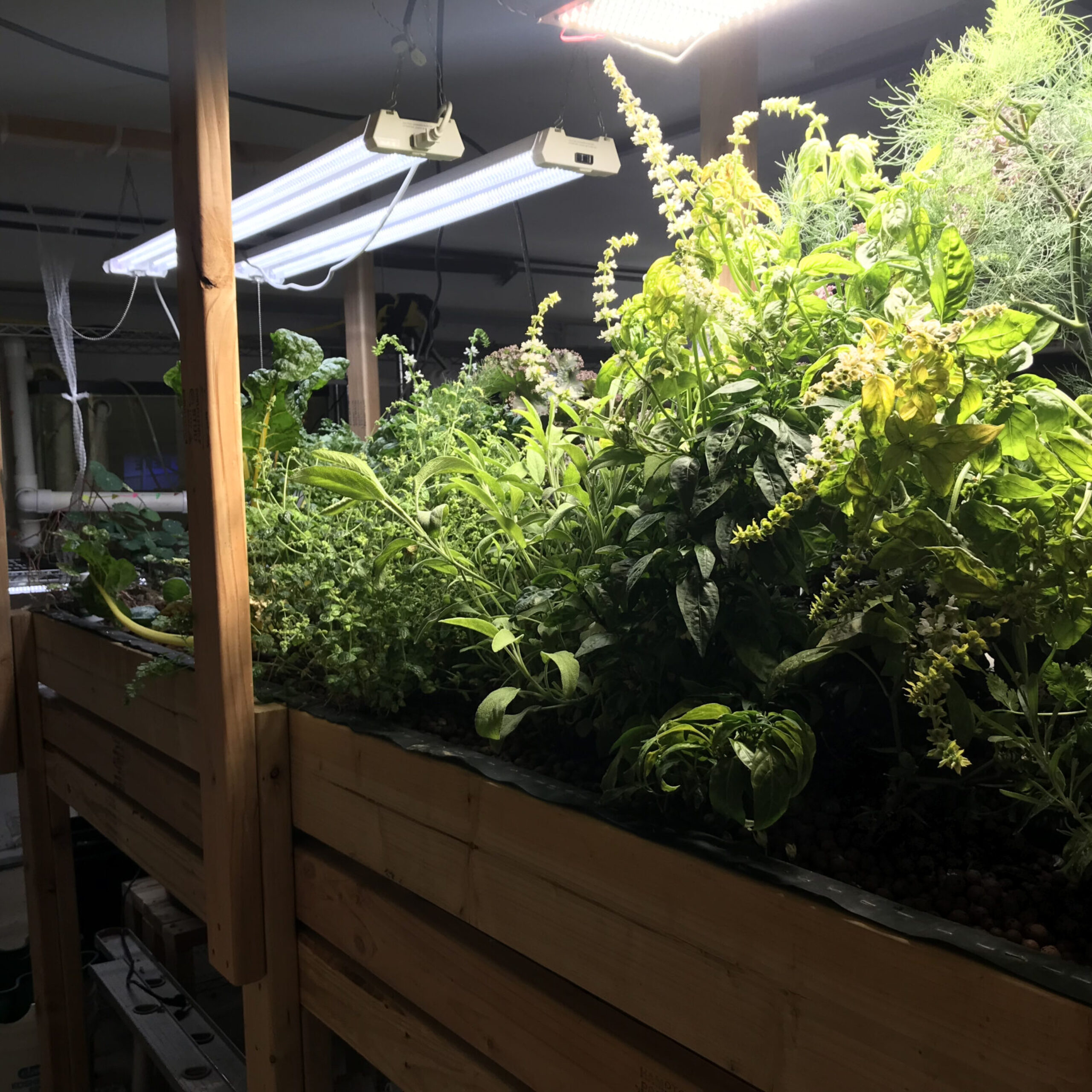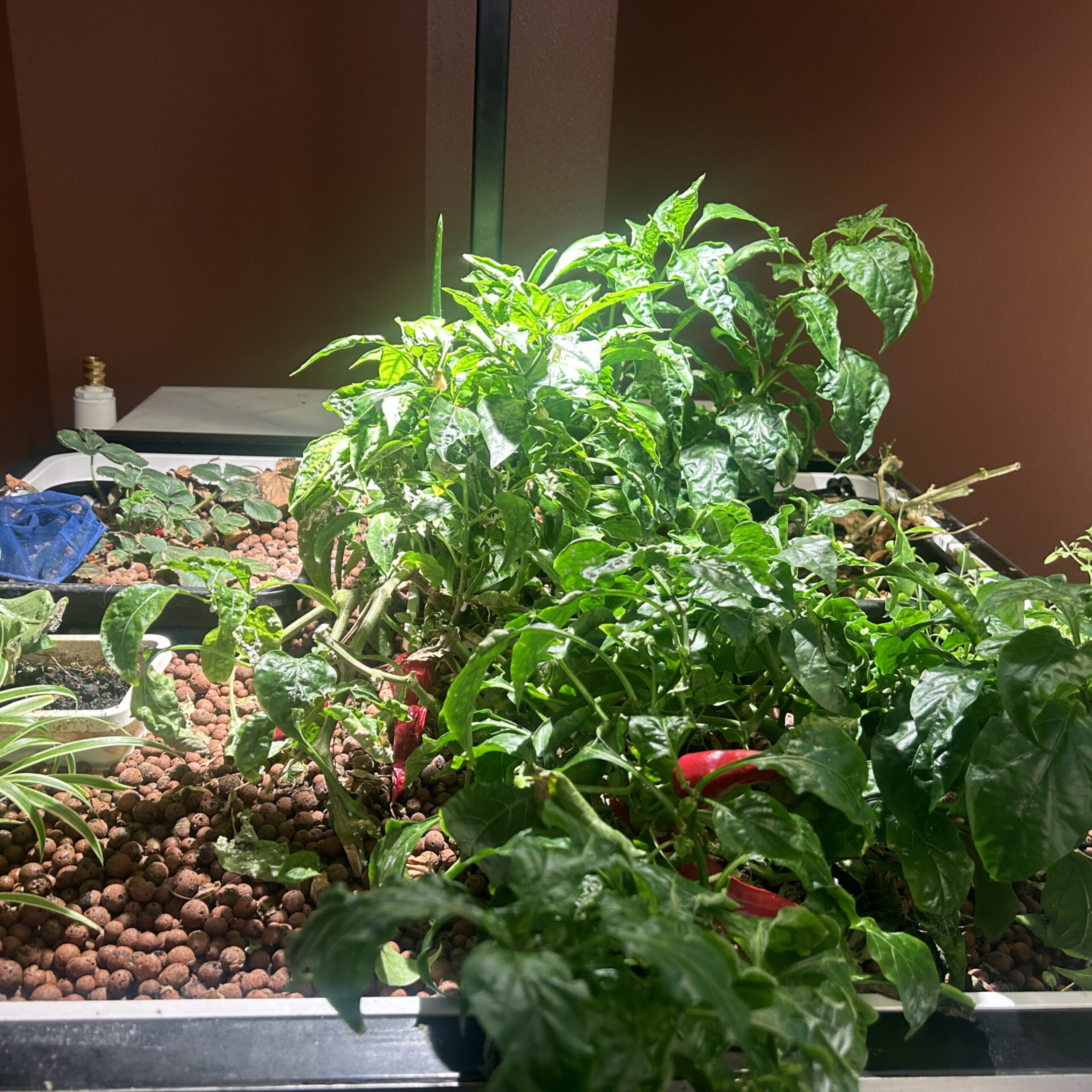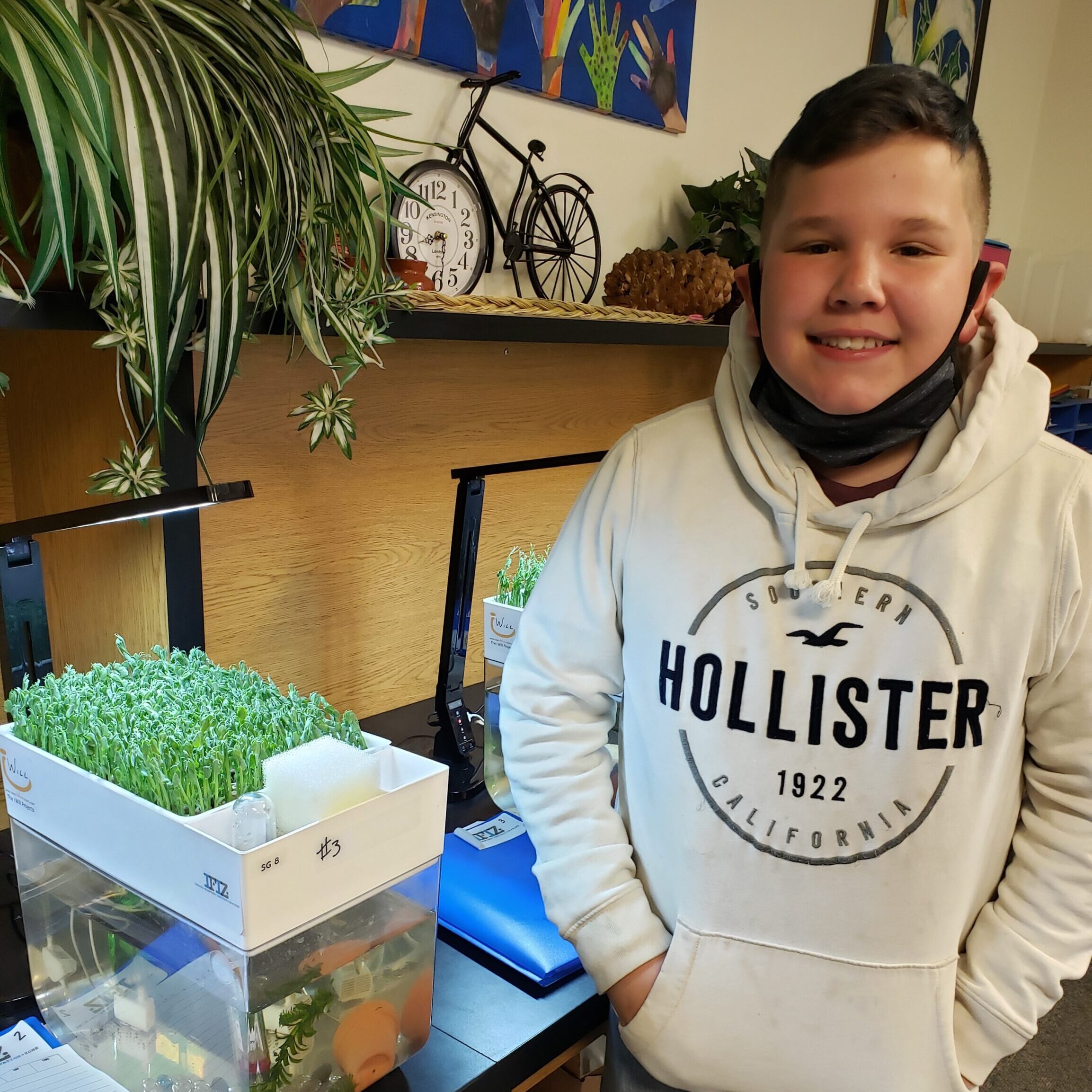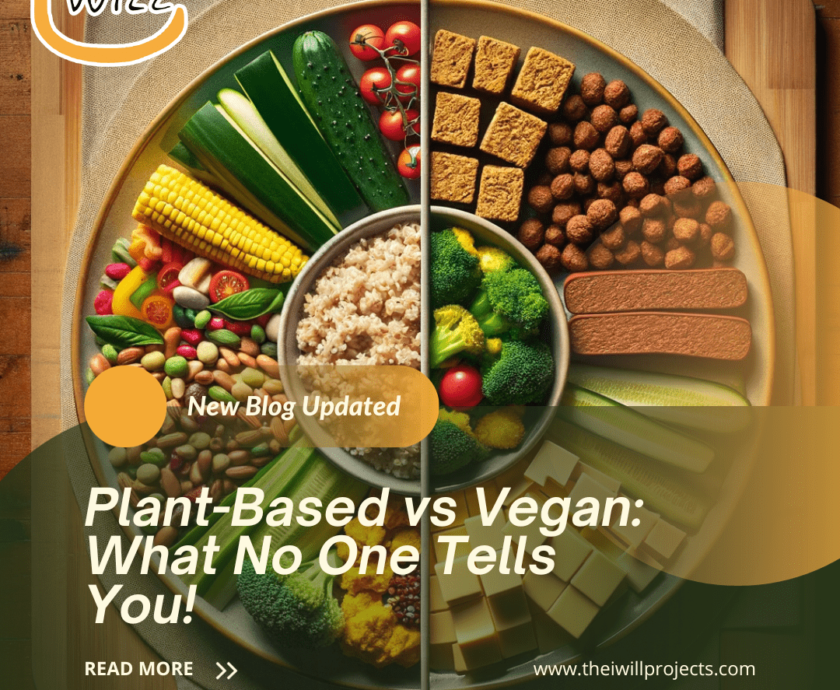“Small changes in your diet can lead to big changes in your health and your budget.”
— Anonymous
Table of contents
Introduction
Plant-based eating on a budget is more than a diet—it’s a lifestyle that prioritizes health, sustainability, and compassion. But many people worry that it’s expensive or hard to maintain.
The truth? A plant-based diet can be incredibly affordable if you know how to plan and shop wisely.
Whether you’re curious about transitioning or looking to refine your current habits, this guide is packed with actionable tips to help you master plant-based eating on a budget.
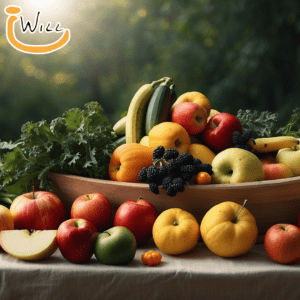
Why Choose Plant-Based Eating?
Plant-based eating is gaining popularity for good reason. It’s a diet rooted in whole, plant-based foods like fruits, vegetables, grains, nuts, and legumes.
These foods are naturally packed with essential nutrients, fiber, and antioxidants that boost health and reduce the risk of chronic diseases like heart disease, diabetes, and obesity.
Moreover, eating plant-based food helps the planet.
Producing plants requires fewer resources—water, land, and energy—compared to animal farming, making it a sustainable choice. But did you know it’s also good for your wallet?
Transitioning to plant-based eating doesn’t mean splurging on exotic superfoods or expensive vegan products. Instead, with the right strategies, it can actually cut your food expenses significantly.
Is Plant-Based Eating Really Expensive?
Many people believe plant-based diets are pricey because they associate them with expensive meat alternatives, organic produce, or specialty products. But that’s a misconception.
Plant-based eating on a budget is entirely possible! Think about the cost of a pound of dry lentils compared to a pound of meat—the lentils win every time.
Staples like beans, rice, oats, and vegetables are some of the cheapest and most accessible foods worldwide.
While trendy vegan items like almond-based cheese or plant-based burgers can be costly, they’re not essential.
The key is to focus on whole, minimally processed foods, which are both budget-friendly and nutritious.

Core Principles of Budget-Friendly Plant-Based Eating
To succeed in plant-based eating on a budget, follow these principles:
- Focus on whole foods: Base your meals around grains, legumes, seeds, nuts and seasonal produce.
- Avoid processed items: Skip costly vegan substitutes and prioritize homemade options.
- Plan your meals: This helps you buy only what you need and avoid waste.
- Buy in bulk: Dry goods like rice, lentils, and oats are cheaper when purchased in large quantities.
- Cook at home: Dining out or relying on convenience foods can quickly add up.
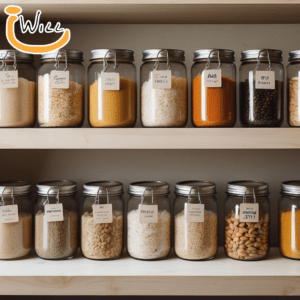
Building an Affordable Plant-Based Pantry
Your pantry is the backbone of your plant-based diet.
Stocking it with versatile staples ensures you can whip up meals without frequent trips to the store.
Here’s what every plant-based pantry should include:
- Grains: Rice, quinoa, oats, and whole-grain pasta. These form the base of countless dishes and are cost-effective when bought in bulk.
- Legumes: Beans, lentils, and chickpeas are protein-packed and incredibly cheap, especially in dried form.
- Canned goods: Affordable options like tomatoes, coconut milk, and beans are lifesavers for quick meals.
- Spices and herbs: Essentials like cumin, paprika, turmeric, and dried basil enhance flavors and keep meals exciting.
- Nuts and seeds: Though pricier upfront, these are nutrient-dense and last a long time.
Organize your pantry to avoid duplicate purchases and keep track of expiration dates.
The Power of Seasonal and Local Produce
Fruits and vegetables are staples of a plant-based diet, but their prices can fluctuate.
To master plant-based eating on a budget, the secret is to buy seasonal and local produce.
Seasonal items are cheaper, fresher, and often more flavorful. For example, squash and root vegetables are more affordable in winter, while berries and zucchini are great summer buys.
Local farmer’s markets or community-supported agriculture (CSA) programs offer fresh produce at lower prices than grocery stores.
Not sure what’s in season? A quick internet search or a conversation with a farmer can guide you.

The Art of Meal Planning and Preparation
Meal planning might sound tedious, but it’s a game-changer for saving money and reducing stress.
Start by creating a weekly menu based on what you already have in your pantry and fridge.
Plan meals that use overlapping ingredients to cut costs. For example, a batch of roasted vegetables can serve as a side dish, a filling for wraps, or a topping for grain bowls.
Once you’ve planned your meals, prepare a detailed shopping list—and stick to it.
Impulse buys can derail your budget quickly.
Set aside time for meal prep, like chopping veggies or cooking grains in advance.
Benefits of Batch Cooking and Freezing
Imagine coming home after a long day to a delicious, homemade meal that’s ready in minutes. That’s the magic of batch cooking, a key strategy for plant based eating on a budget.
By preparing large quantities of meals like soups, curries, or casseroles, you save both time and money.
Portion them into freezer-safe containers, and you’ll have healthy meals at your fingertips for weeks.
Some freezer-friendly ideas include:
- Lentil soup
- Chickpea curry
- Veggie-packed chili
- Homemade veggie burgers
Investing in quality freezer bags or containers ensures your meals stay fresh and avoid freezer burn.
Homemade Staples vs. Store-Bought
Buying pre-made items like hummus or almond milk is convenient but not always cost-effective.
Making them at home is cheaper and often healthier since you control the ingredients.
Here are some DIY staples to try:
- Hummus: Blend chickpeas, tahini, lemon juice, and garlic for a creamy dip.
- Plant milk: Mix oats, water, and a pinch of salt, then strain for fresh oat milk.
- Veggie broth: Save vegetable scraps and simmer them to create a flavorful stock.
Homemade staples often taste better and can be customized to suit your preferences.
Finding Deals and Discounts
Smart shopping can stretch your budget further, making plant based eating on a budget even easier.
Look for deals on staples like rice, beans, or canned goods during sales.
Many stores have dedicated clearance sections for produce or pantry items nearing their sell-by dates—these can be a goldmine.
Apps like Ibotta or Rakuten can help you earn cashback on purchases.
Joining store loyalty programs can also unlock exclusive discounts and coupons.
Simple, Affordable Plant-Based Recipes
Cooking at home doesn’t have to be complicated. Some of the most satisfying meals are simple:
- Rice and beans: Add some salsa and avocado for a quick, complete meal.
- Vegetable stir-fry: Toss seasonal veggies with soy sauce and serve over rice or noodles.
- Lentil stew: Hearty, nutritious, and easy to make in bulk.
Experiment with herbs and spices to keep these meals exciting.
How to Reduce Food Waste
Food waste is not only bad for the environment but also for your budget. To minimize waste:
- Store food properly: Learn which items should be refrigerated or stored at room temperature.
- Repurpose leftovers: Turn stale bread into croutons or blend overripe bananas into smoothies.
- Freeze extras: From herbs to cooked grains, freezing extends the life of many foods.
By reducing waste, you maximize the value of your groceries.
Tips for Eating Out Without Overspending
Craving a restaurant meal? Even when dining out, plant based eating on a budget is totally doable! Here’s how to enjoy a delicious meal without overspending:
- Choose plant-based options: These are often cheaper than meat dishes.
- Skip extras: Opt for water over soda and share desserts.
- Look for deals: Many restaurants offer discounts or specials on certain days.
Enjoying a night out can still fit within your plant-based budget.
Healthy Snacking on a Budget
Snacking doesn’t have to be costly or unhealthy. Affordable, plant-based snack options include:
- Homemade popcorn: A satisfying, whole-grain snack.
- Raw veggies with hummus: Crunchy and nutritious.
- Energy balls: Blend oats, peanut butter, and dates for a quick treat.
Prepping snacks at home saves money and ensures healthier options.
The Long-Term Savings of Plant-Based Eating
While the upfront cost of transitioning to plant based eating might seem high, the long-term savings are undeniable.
Whole, plant-based foods are not only affordable but also promote better health, potentially reducing medical expenses over time.
You’re also contributing to a more sustainable food system, which benefits everyone.
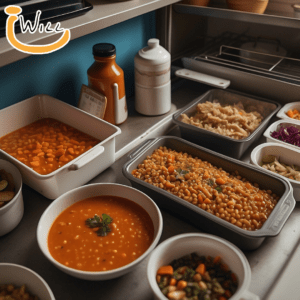
Conclusion
Plant-based eating on a budget isn’t just achievable—it’s practical, rewarding, and delicious.
By focusing on whole foods, planning your meals, and shopping smartly, you’ll enjoy a lifestyle that’s kind to your wallet and your health.
Start small, experiment with recipes, and embrace the many benefits of plant-based living.
FAQs
Is plant-based eating really affordable?
Yes! Staples like beans, rice, and vegetables are some of the most budget-friendly foods.
Can I eat plant-based on a busy schedule?
Absolutely. Batch cooking and meal prepping make it easy to stick to a plant-based diet.
Are frozen vegetables as nutritious as fresh ones?
Yes, and they’re often cheaper and more convenient.
How can I avoid overspending on plant-based snacks?
Make your own snacks at home, like popcorn, trail mix, or energy balls.
What are the long-term benefits of plant-based eating?
It promotes better health, reduces medical costs, and supports environmental sustainability.
The I Will Projects, a 501c3 Non-Profit, promotes diverse solutions for global challenges. Our IFIZ education programs, emphasizing aquaponics, and insect farming, empower communities through knowledge, collaboration, and sustainable innovation.
Disclaimer: This blog post provides general health and nutritional information. The author is not a medical professional, and the content should not be used as a substitute for professional medical advice, diagnosis, or treatment. Any application of the material provided is at the reader’s discretion and is their sole responsibility. If you have a medical concern or emergency, please consult with a healthcare provider.




